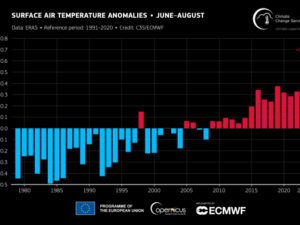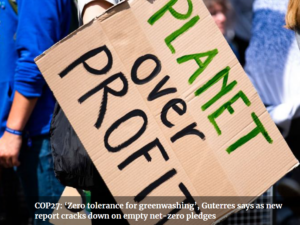
On April 22, 2023, the UN World Meteorological Organisation (WMO) released its analysis looking at the most recent climate change events, including 2020, 2021, and 2022. Here are the ‘highlights’ Summary courtesy of Dr. Stephan Singer Human, economic, environmental toll of climate change on the rise: WMO | UN News State of the Global Climate 2022 (WMO-No. 1316) | E-Library doc_num.php (wmo.int) State of the Global Climate in 2022 | World Meteorological Organization (wmo.int)
Senior Climate Science and Global Energy Policy Advisor
Climate Action Network International











